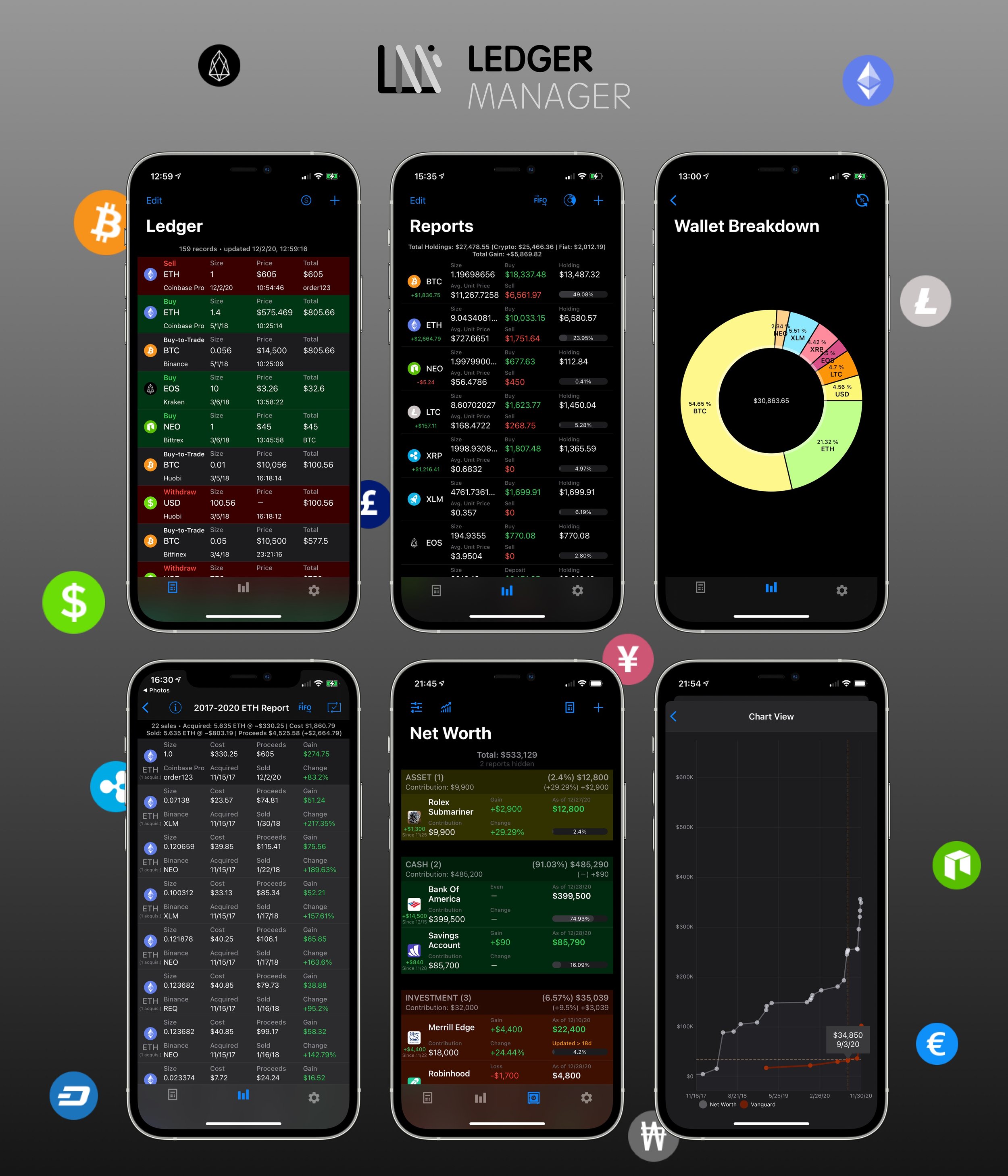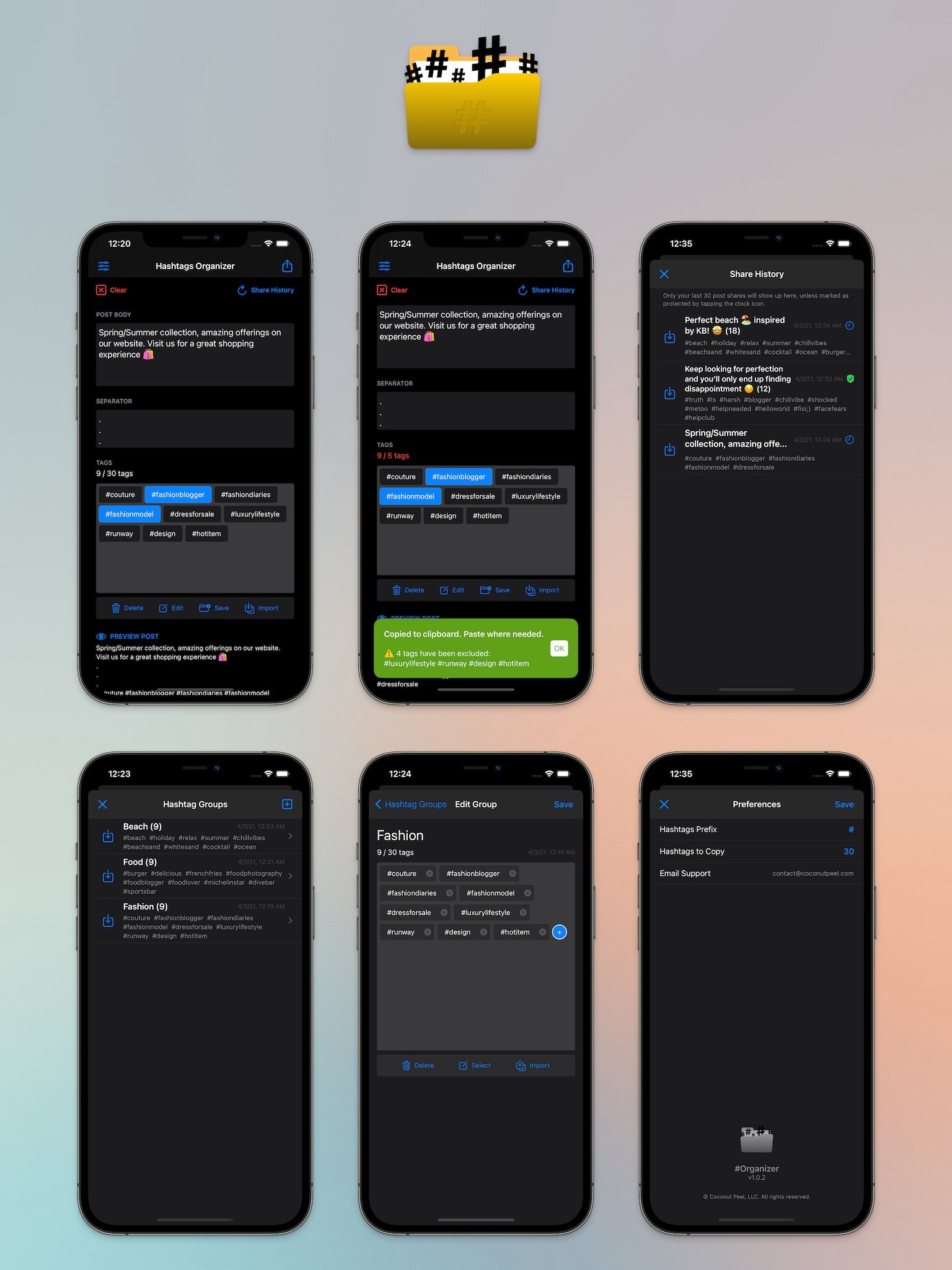
KARL BOGHOSSIAN
👨🏻💻 Developer 👨🏻💼 Entrepreneur 👨🏻🎨 Indie Artist 📷 Photographer
Ledger Manager
Track Bitcoin, cryptocurrency & total net worth. Crypto tax reporting simplified with smart calculation of cost basis & acquisition dates.
Booster Consumer
Consumer iOS App
On-demand energy delivery while you work.
Service Pro iOS App
Used by Booster’s service professionals to fulfill orders.
Booster Technology
Pop-Up Gas Station
Apps used by customers and service pros for a drive-thru experience.
Fueling Automation System
Sophisticated interconnected platform of H/W and S/W technology.
Hashtags Organizer & Composer
Generate Posts with AI and handle your social media hashtags to streamline message creation and sharing.
Tooride
Web App
Private tours on-demand web experience.
Mobile App
Private tours on-demand mobile experience.
Art
Digital Art
Some of my paintings done on an iPad.
Oil Painting
Some of the oil paintings I’ve painted and framed.
Photography
Some of the shots I’ve taken with mirrorless camera.
Zynga FarmVille 2
Create, build and nourish the farm of your dreams.
Browse
Portfolio
Browse Portfolio
Companies I Worked For
-

Flowspace
Nov 2024 — Present
-

Booster
Mar 2017 — Oct 2024
-

Coconut Peel
Aug 2014 — Aug 2024
-

Tooride
Mar 2015 — Mar 2020
-

Zynga
Mar 2010 — Mar 2015
-

Microsoft
Jul 2008 — Apr 2010
-

DigiPen Institute of Technology
Summer 2005, 2007
Latest Posts
Get In Touch
If you have any questions about my background or technologies I worked on, please don’t hesitate to reach out.
-
Not actively. If there’s a company with heavy focus on B2C, please don’t hesitate to reach out.
-
Normally within 48 hours.
-
Please message me on LinkedIn.



























